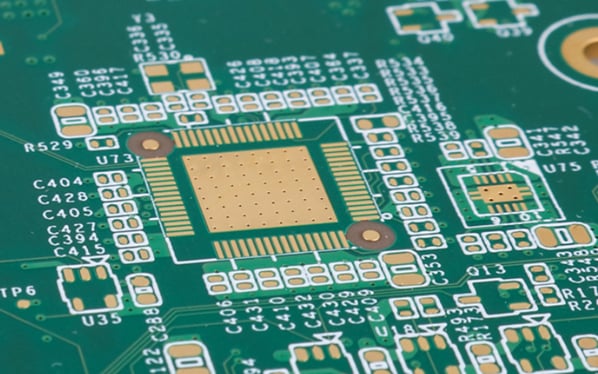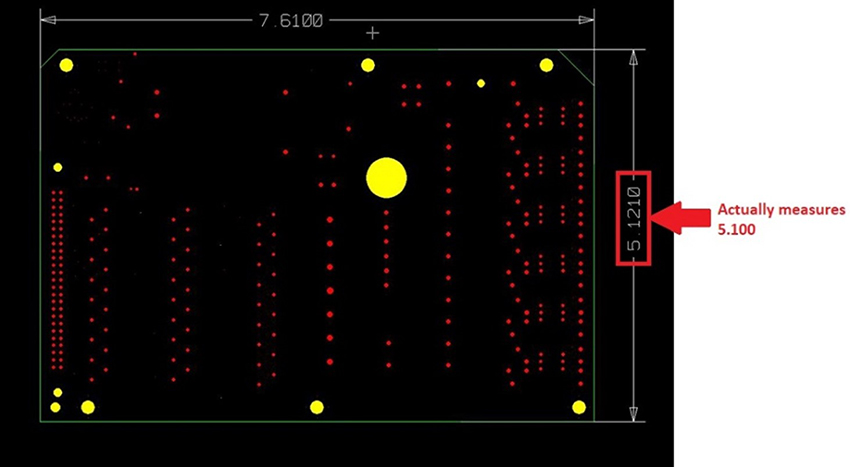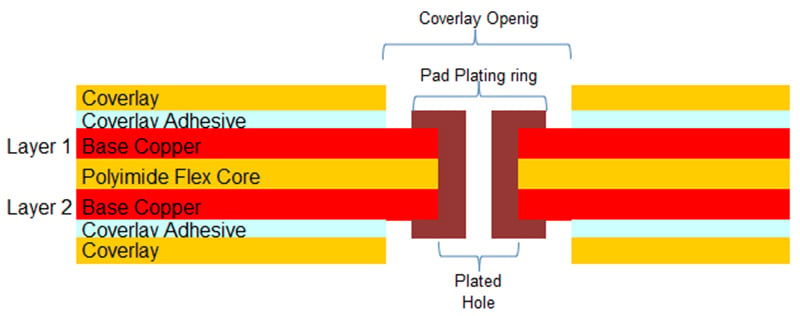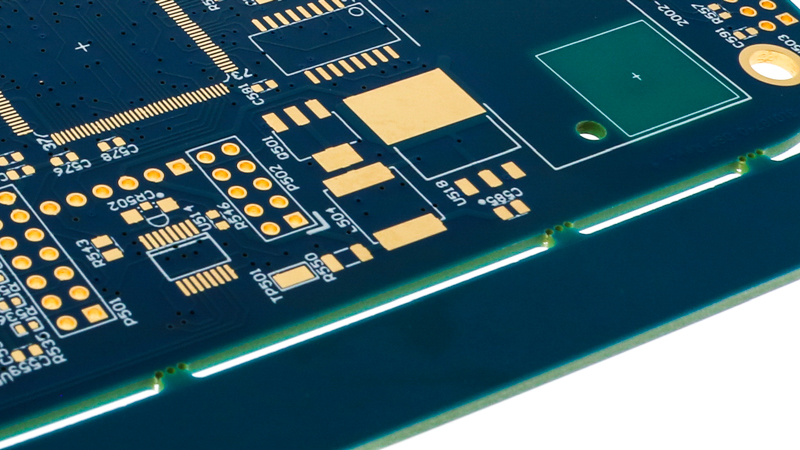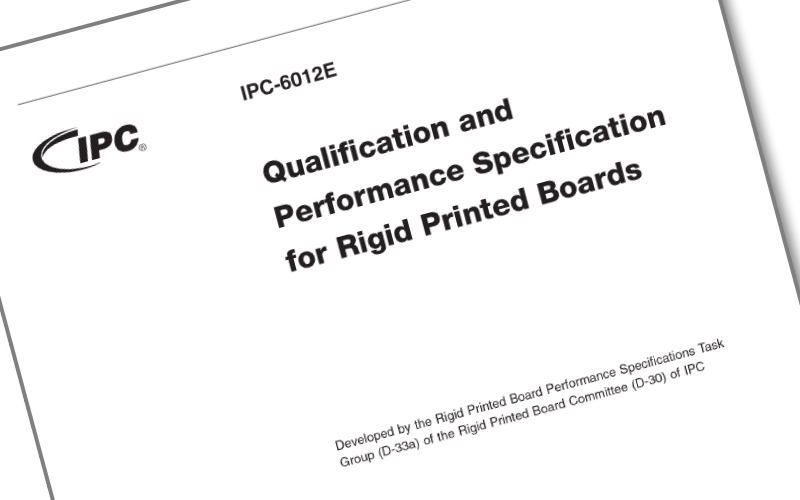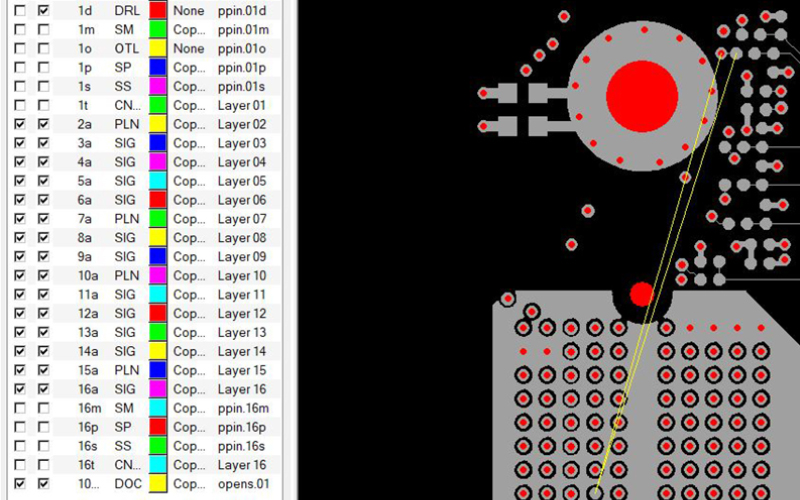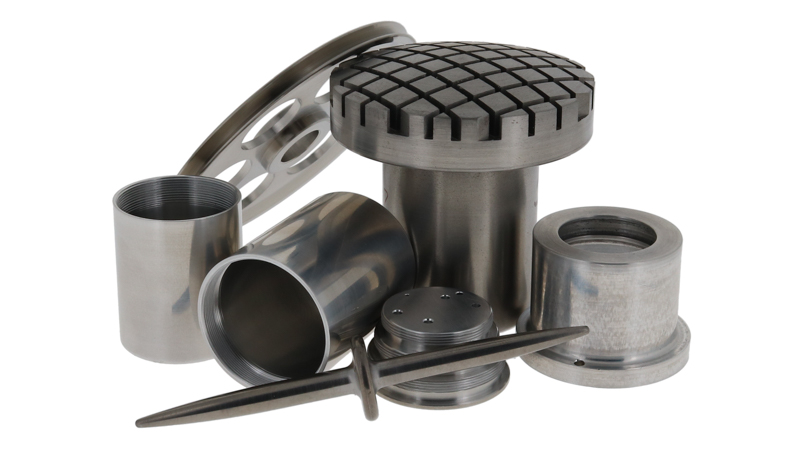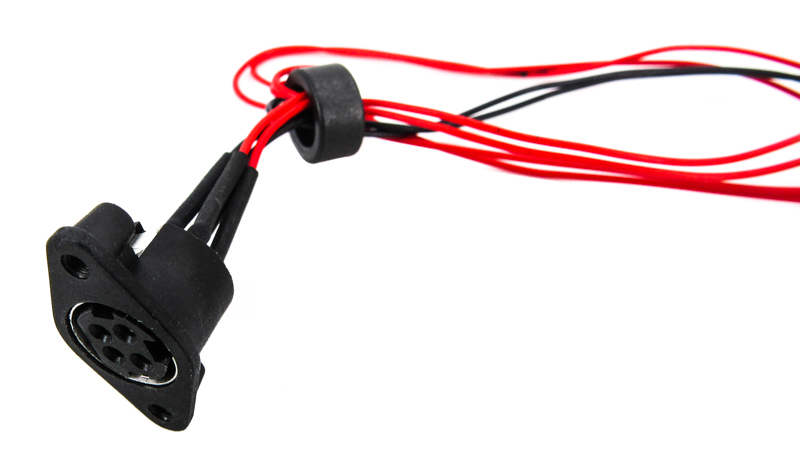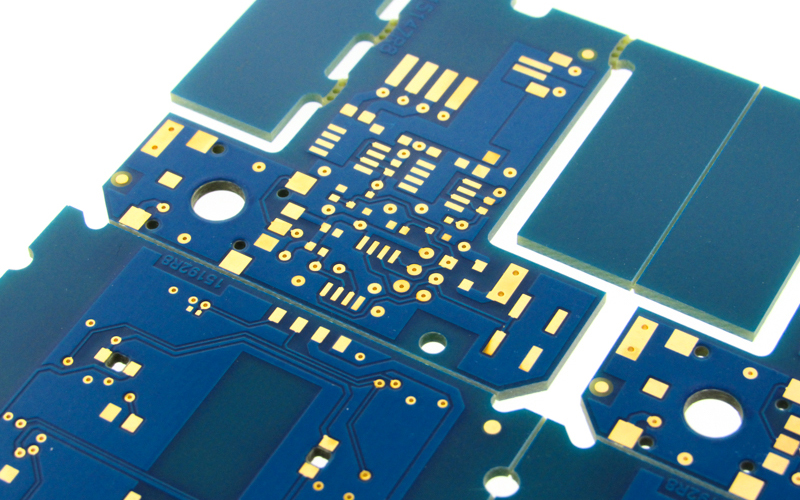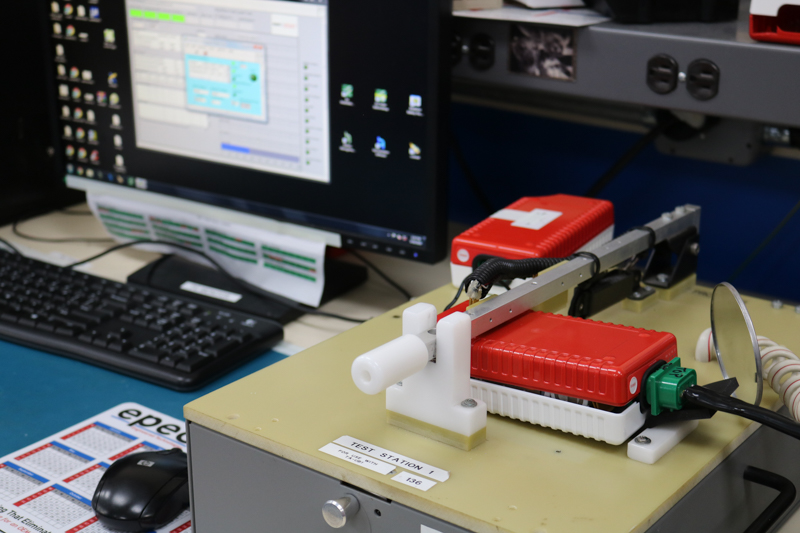At the conclusion of our webinar, Why High-Tech Multi-Layer PCB Features Add Cost and Processing Time, we had several questions submitted to our presenter, Angie Brown, PCB Product Manager at Epec. We have compiled these questions into a readable format on our blog.
When it comes to manufacturing printed circuit boards (PCB), providing your PCB supplier with a clean data package can decrease cycle time and ensure requirements are clearly understood.
Flexibility is a critical element in most flexible circuit board designs. Whether it’s to meet a tight “one-time bend-to-fit” application or a “dynamic” infinite bend cycle application. To meet these requirements, a flex circuit design must be kept as thin as practically possible, use the correct copper type, and utilize the correct copper plating process.
As the printed circuit board’s physical size became smaller in one or both directions, it quickly became an issue for both the raw PCB supplier and the contract manufacturer to manage the parts on certain equipment. Processes like routing, electrical test, and packaging added cost to production for either time or scrap. Fallout was an issue that recovery was not possible.
The purpose of IPC specification is to provide requirements for qualification and performance of rigid printed circuit boards based on the following constructions and/or technologies. These requirements apply to the finished product unless otherwise specified.
When we look at where we are today vs. 1980 or earlier with technology, it is truly amazing. Just think about an appliance, for example, the household refrigerator/freezer. It used to be that you opened the door, looked inside, found what was needed, and closed it. I can hear my parents yelling, “shut the door,” like all the cold is coming out and everything will spoil. Settings were cold/coldest on a dial you turned.
When submitting your prints for any CNC machined part, there are three key steps to remember to take if you’re looking to get your parts delivered in a quicker fashion with the most economical cost. Having all three up front saves time on our end as well as yours, all but eliminating the need for any time-consuming, back and forth conversation.
Magnetism is such a fascinating and important phenomenon that our world quite literally would not exist without it. Magnetic fields, electromotive force, and electromagnetism are wildly complex subjects while at the same time and at a high level, somewhat simple to understand. What is important is that these principles help electric motors run, earth’s magnetosphere shield civilization, and refrigerator magnets stick unless, of course, your appliances are stainless steel.
Printed circuit board (PCB) production has used standard panel sizes, such as 18x24 inches, to produce multiple PCBs at the same time, along with several other panel standards. A panel containing single format PCBs typically would use routing as the method of removing the single pieces from the master size.
There's a lot of electrical, mechanical, and chemical considerations when it comes to developing a custom battery pack. In addition to deciding on the cell chemistry, a customer also must know how the battery pack may perform in various environmental conditions related to the application. They want to know the shelf life of the battery, the charge/discharge rates, and any possible hazards that could occur when the battery pack is in use.


